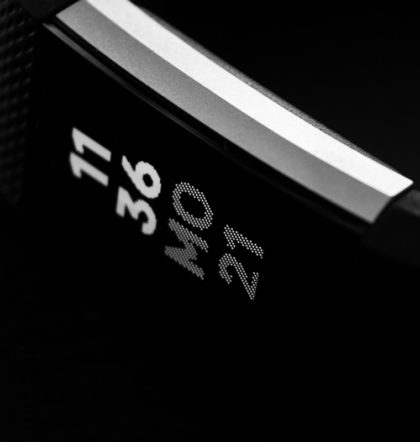





Nobody online today is slow. Nobody. Everyone wants the quickest experience possible, and if they don’t get it, they opt out. Imagine the last time that you were trying to download a page and it took more than five seconds. Did you freak out? Did you assume that your phone was broken? You probably exited out of the page. That’s what’s to be expected when your website is slow. For many, this is a single factor that leads to negative impact on sales. You’ll lose conversions and sink to the bottom of the internet in no time; so what’s to be done?
When it comes to changing the speed of your website, you need to be on top of several factors. There are plenty of ways to turn your site into The Flash, but we’re going to focus on a select few. In order to maintain a site that’s up to par with Roadrunner, you’re going to need to upgrade your hosting package, optimize your videos and images, and implement a page-caching plugin.
Upgrade
Sometimes, this isn’t an option. We’re sympathetic to the fact that some businesses don’t have the money to spend. However, any website that’s gaining a ton of traffic is going to have the money to do so. If you have that much traffic, we can assume you’re doing okay. If you’re doing okay, there’s virtually no reason to save money on your grid or shared hosting platform. You need to focus on a serious web hosting platform that utilizes the resources necessary to keep your site at top speeds. If you don’t, you’re actually losing the same money in sales that you could be spending on it.
Images/Videos
You need to consider both the size and amount of videos/images that are on your page. When that amount exceeds necessity, you sacrifice speed. To a certain degree, this can actually be the largest factor that attributes to your slow load time. That’s right, pictures can be the main culprit. How do you change this? Well, there are a few aspects that you need to assess.
For one, your images need to be sized accordingly. There’s no reason for you to upload a 4000 pixel x 5000 pixel image if it’s going to be downsized to 400 x 500 on your actual site. Change the file size by changing the actual size. JPG is a fantastic way to do this, as it compresses the image in order to use the least space. PNG is only relevant when transparency is involved. BMP and TIFF are utterly useless in this application. No matter what, when you’re done, compress the photo. The end game is to change the file size, and even if you change the actual size, you can further diminish it with compression. The same goes for videos. The one thing that we recommend for videos is to embed them with a third party platform, like Vimeo.
Last, but not least, limit the amount of media on your page. If you have 100 images, it’s going to impact your page no matter what. Don’t go overboard; be concise.
Caching Plugin
You don’t have the time or experience to lend to your page speed. That’s why there are plenty of plugins that do the work for you (at least the harder parts). With page caching, you can immensely improve your page’s load time. We won’t bother with the details; it’s easier to explain it this way: A cached web page is going to load faster than other web pages. Plugins that cache pages for you are easy to download, especially if you’re a WordPress user. We highly recommend this as a number one strategy.
Byra Can Help
Does any of this sound like a daunting task? We’ve barely gone in depth on any of these processes, and that’s because they’re only a few of the ways to increase your page speed, and there’s much more to each. Byra can easily do this for you, and we highly recommend you give us a call. We’ll make sure that your site is up and running at full capacity, and if not, we’ll get it there in no time. Contact us today, and let’s get started on a brand new speed-oriented website!


